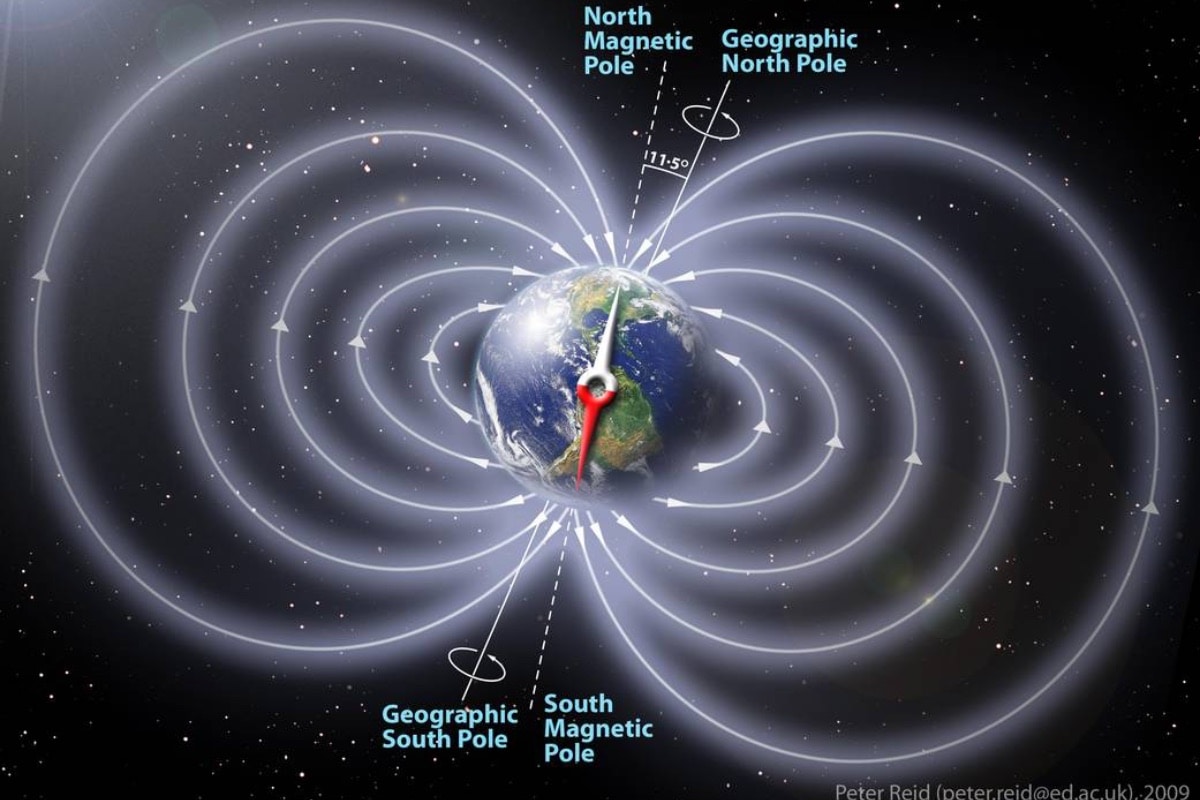Auroras are natural light displays, forming dynamic patterns of brilliant lights in the Earth’s sky because of disturbances in the magnetosphere caused by the solar wind — jet of charged particles coming from the Sun. The magnetosphere is an area of space controlled by a planet’s magnetic field. Except Mercury, almost all planets in the solar system have auroras. However, things get a little interesting on Mars. Unlike Earth, the Red Planet does not have a global magnetic field that plays a crucial role in the formation of auroras. Mars has spots of local, induced magnetism. As per the latest research, these localised magnetic fields interact with the solar wind in interesting ways to produce Mars’s discrete (or structured) ultraviolet auroras.
Scientists at the University of Iowa, US, know that discrete auroras form on Mars, just like on Earth. But they did not know how they formed, especially in the absence of a global magnetic field. They now report that discrete auroras on the Red Planet are governed by the localised interaction between the solar wind and magnetic fields generated by the crust on Mars – unlike Earth, where auroras appear when particles from the solar wind collide with Earth’s magnetosphere.
“We have the first detailed study looking at how solar wind conditions affect auroras on Mars,” claimed physicist and astronomer Zachary Girazian of the University of Iowa.
“Now is a very fruitful and exciting time for researching auroras on Mars. The database of discrete aurora observations we have from MAVEN is the first of its kind, allowing us to understand basic features of the aurora for the first time,” Girazian added.
The researchers have published their findings in the Journal of Geophysical Research: Space Physics after more than 200 observations of discrete auroras on Mars by the NASA-led Mars Atmosphere and Volatile Evolution (MAVEN) spacecraft.
According to the research, auroras form on all other planets as a result of the complex interaction between their magnetic fields and solar winds. But Mars’s global magnetic field decayed a long time ago, leaving behind only patches of magnetism preserved in the crust.
